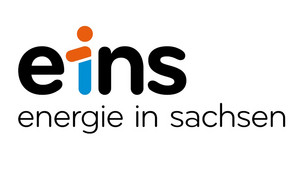200 international cyclists covered over 6000 metres in altitude and 570 km in this year's European Peace Ride. The peloton of the European Peace Ride led them from this year's European Capital of Culture Bad Ischl Salzkammergut 2024 to Chemnitz, the European Capital of Culture 2025. The European Peace Ride is a new edition of the legendary International Peace Ride, but does not see itself as a cycling race, but rather as a cultural and sporting community project that sets an example for peace.
The riders were welcomed at Bad Ischl railway station by a brass band, Mayor Ines Schiller and colleagues from the European Capital of Culture Bad Ischl Salzkammergut 2024 - in pouring rain. Together with a business delegation from Saxony, they had travelled to Austria on a special train. Before the start of the first of three stages through Austria and the Czech Republic, the cyclists accepted a salt stone as a symbolic baton for Chemnitz 2025. The first stage had to be travelled by bus due to bad weather.
The Artistic Director of the European Capital of Culture Bad Ischl Salzkammergut 2024, Elisabeth Schweeger, and Stefan Schmidtke, the Programme Director of Chemnitz 2025, met in Bad Ischl for a public discussion. They spoke with moderator Julia Kospach about the importance of European Capitals of Culture for international exchange and cooperation at civil society level. The title of European Capital of Culture has been awarded by the European Commission since 1985. Chemnitz will be celebrating the 40th anniversary of this major European cultural project next year.
The European Peace Ride is a project that brings people together: On the second day, the route continued to Plzeň, with the final stage leading over the Erzgebirge ridge back to Chemnitz. Numerous Chemnitz residents joined the peloton for the last few kilometres before crossing the finish line at the Chemnitz Ice Sports Centre.










































